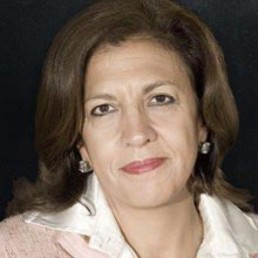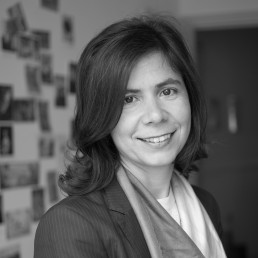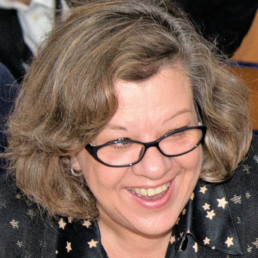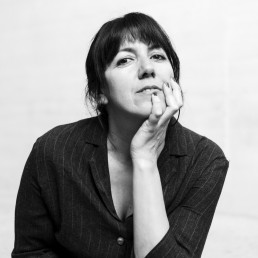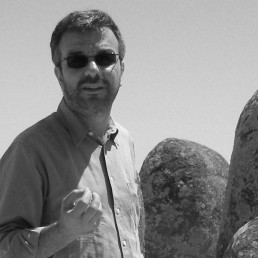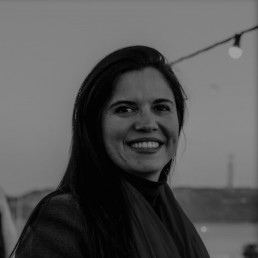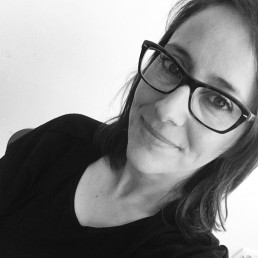
Women Architects in Portugal:
Building visibility,
1942-1986
FCT financing [PTDC/ART-DAQ/32388/2017]
The presence of Portuguese women architects in the development of architectural practice, research and teaching is far from being identified and critically reflected. The fundamental questions are: who?, when?, and how?, have the architects contributed to our history of architecture, although almost always in the shadows. The chronological landmark began in 1942, the year in which the first woman, Maria José Estanco, finished her degree in architecture in Portugal, and ended in 1986, a crucial year in Portuguese history. On the one hand, the country joins the EEC, on the other hand, we are witnessing the explosion and massification of schools of architecture. Between these chronological landmarks are great events in the history of modern Portuguese architecture: among others, the 1948 Congress and the SAAL process. The archival work and the oral collection of testimonies enable us to understand the role of Portuguese architects in this period of time, extending narratives about architecture in Portugal. However, stories and history already reveal facts and people fundamental before and after these time limits, foreseeing the need to expand this research map in the future.
Team
Coordination
Patrícia Santos Pedrosa
MAIN RESEARCHER
Feminist, architect, activist, mother, researcher (CIEG-ISCSP-ULisbon) and assistant professor (UBI). Co-founder and President of Women in Architecture (PT). Architect (UTLisbon), Master (Art History, UNLisbon) and PhD (Architectural Projects, Catalunya Tech). Postgraduate in Feminist Studies (UCoimbra). Main research areas: Architecture, City and Gender; History of Architecture and Feminist Historiography.
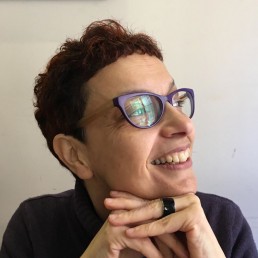
Research
Lia Gil Antunes
RESEARCHER
(1988) Woman, feminist, architect, researcher (CIEG/ISCSP-UL) and activist.
Graduated from the University of Coimbra (2012). PhD candidate “Women in the SAAL Process (1974-1976) in Portugal: Women architects and residents for the right to housing”. Co-founder of Women in Architecture association (MA).
Areas of interests: feminists and gender studies; feminist urbanism; participatory processes; History and theory of architecture; Right to housing; Right to the city.
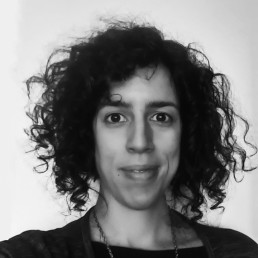
Rita Ochoa
RESEARCHER
Graduated in Architecture. Post graduated in City Qualification from Portuguese Catholic
University, Master’s Degree in Urban Design from University of Barcelona, PhD in Public Space
and Urban Regeneration from University of Barcelona. Research Centre for Architecture,
Urbanism and Design. Assistant Professor at Beira Interior University. Co-founder of Women in Architecture. Co-founder of R3iAP Research Network in Public Art. Co-founder of Branca
Magazine.
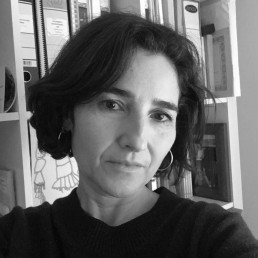
Consulting
José Nuno Pereira
CONSULTING
Entrepneur, photographer, internet worker (systems admin, networks, server security and programming developer), Cinema & video (DP, editor, director and producer), Master (MSc in Communication, Culture and Information Technology - ISCTE), researcher (communication, video and political science - ISCTE), guest lecturer (ISCTE). Areas of interest: Politics, Communication, Internet, Equity, Sustainability and Governance.

Design
Margarida Ornelas
DESIGNER
Degree in Advertising. Technical training in graphic design and web design. Postgraduate in web design. Co-founder of Arte Central, an artistic education company that develops cultural and educational activities in schools and museums providing knowledge construction, relational interaction and artistic production.
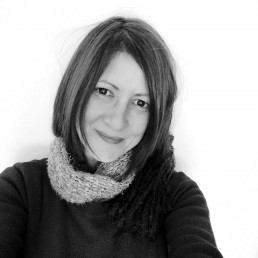
Local
Centro Interdisciplinar de Estudos de Género (CIEG), do Instituto Superior de Ciências Sociais e Políticas (ISCSP-ULisboa)
Duração
3 anos (Outubro 2018 a Setembro 2021)
Financiamento
FCT/MCTES através de fundos nacionais e, quando aplicável, co-financiado pelo FEDER, no âmbito do novo acordo de parceria PT2020.

